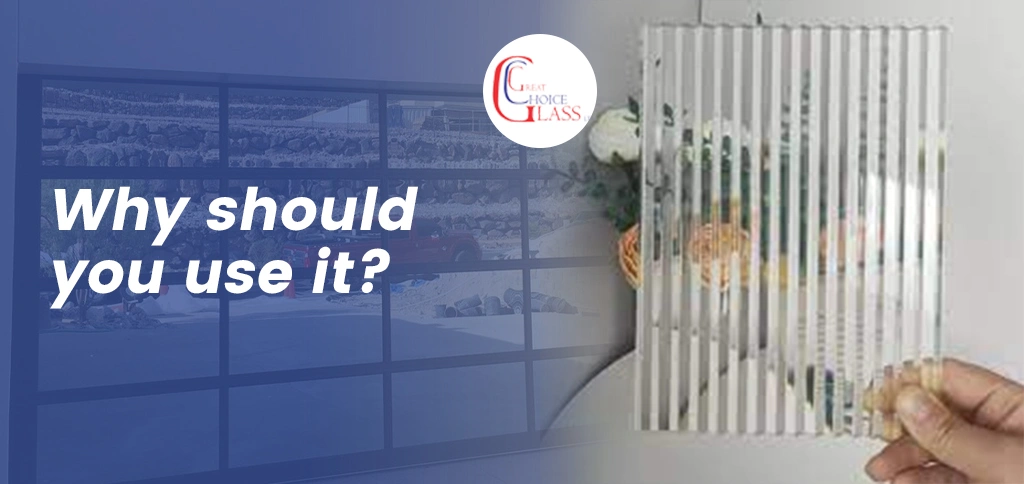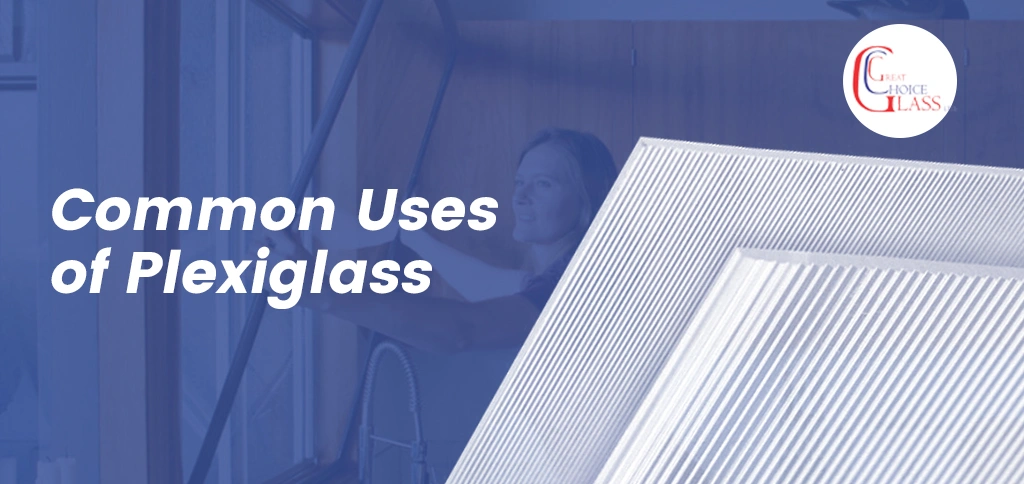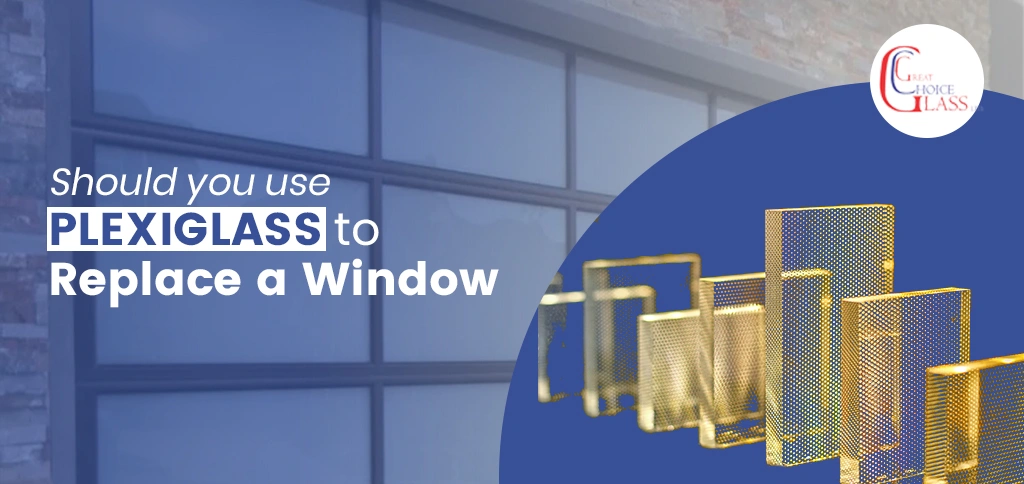Glass has been a significant construction material for residential and commercial spaces for many years. A significant amount of pressure and force breaks the traditional glass. In the modern age, plexiglass sheets are used to replace windows because they are an effective substitute for Double Pan glass windows and other glass structures.
When it’s time to replace the windows in commercial and residential areas, clients mostly prefer plexiglass instead of glass. Plexiglass is much stronger than standard glass and also has incredible impact resistance, so it is used for window replacement.
In this blog, we will discuss the intro of plexiglass sheets, why it is used, its physical properties, some common uses of plexiglass, and basic reasons to choose plexiglass for windows.
What is Plexiglass?
Plexiglass is the most popular transparent glass sheet for windows. It is affordable and an alternative to standard glass and safety glass. Plexiglass, also known as acrylic glass, is a plastic material made from polymers of methyl methacrylate, an ester of methacrylic acid. It is used the same way as ordinary glass mainly for its strength, translucence and resilience to damage. Plexiglass shows similarity in terms of appearance and strength. It can be made with various UV and other coatings, and many industries, such as medical, dental, and manufacturers, employ plexiglass because of its versatility and durability.
For example, manufacturers use plexiglass for light and instrument casings in cars, and to make appliances and eyewear lenses. Manufacturers use the sheet form of plexiglass for:
- windows
- lights
- signs
- bathtubs
- furniture and
- screens, among thousands of other
- things.
Why should you use it?

Plexiglass is a transparent thermoplastic typically manufactured in sheets. It is a strong, tough, lightweight material with a higher impact strength than glass. It is also useful for outdoor applications due to higher environmental stability. Some properties like high service life, effective light transmission, and simple processing make plexiglass a highly useful invention. Plexiglass products use pure PMMA to modify material properties even further. Such modifications include adding butyl acrylate to improve impact strength, adding methacrylic acid for higher temperature uses, and adding dyes to give color for decorative. That’s why you should use plexiglass for windows instead of glass.
Physical Properties Plexiglass
Plexiglass is a transparent thermoplastic polymer often referred to as acrylic plastic. Due to its unique properties, it deals with a variety of purposes, ranging from basic household items to fiber optic cables that power the world. These properties are given below:
- High impact resistance
- High optical clarity
- Innate weather ability and UV resistance
- Excellent dimensional stability
- Lightweight
- Excellent chemical resistance
Common Uses of Plexiglass

Some common uses of plexiglass include:
1. Commercial and residential windows:
In many commercial and residential buildings, plexiglass is used as an alternative to glass windows due to its versatility and durability. Businesses and homeowners use plexiglass to ensure safety and durability while saving money.
2. Skylights:
Plexiglass is versatile and can be used for different types of roofs. Most customers prefer plexiglass over glass because glass has many limitations in terms of shaping or installing roofs. Plexiglass is more resilient to adverse and prolonged exposure to the elements, making it a better option for skylights in homes or businesses.
3. Solar panels:
Plexiglass is one of the best options for covering solar panels. It is more resilient to sunlight and transmits light so the panels can be charged. Plexiglass is easier to cut and shape for solar panels of different shapes and sizes.
4. Secure facilities:
Plexiglass is also used for secure facilities because it is more difficult to damage than glass.
Facilities like ATMs and COVID-19 protection borders can be protected with plexiglass.
5. Shower enclosures:
Plexiglass is preferred due to its strength and durability. Plexiglass is cheaper and safer for your bathroom than glass, which is more difficult to clean and maintain.
6. Gardens and greenhouses:
Plexiglass is also used for indoor gardens and greenhouses as it is better suited to withstand the effects of the elements. It is also easier to clean and maintain. Plexiglass provides more security for the gardens than glass, which can easily be shattered.
Reasons to Use Plexiglass for Windows
Here are some reasons to use plexiglass sheets for windows:
1. Cost-effective:
Plexiglass is cheaper and more cost-effective than glass for windows because its production requires less energy and raw materials. Moreover, plexiglass is lighter in weight, easier to transport, and cheaper to produce. Several plexiglass sheets, such as transparent acrylic sheets, lucite blocks, coloured acrylic sheets, and mirrored sheeting, are available at different prices.
2. Minimal reflection:
Plexiglass is a better option for windows. It produces less glare and reflection, while glass produces more reflection and becomes more discoloured as its thickness increases. Plexiglass sheeting’s clarity allows more than 90% of light to pass through, making it more transparent than glass.
3. Superior strength:
Plexiglass is preferred to glass for windows because of its strength. It is estimated to be 17 times stronger than glass. Specifically, these thicknesses are .06″, 1⁄8″, 3⁄16″,1⁄4″, 3⁄8″, 1⁄4″, 1⁄2″, 1″, 1.25″, 1.5″, 2″, 2.5″, 3″, and 4″. Unlike glass, which can be easily damaged by high pressure, plexiglass is more difficult to damage intentionally and accidentally. There is a lesser chance of injuries to people in the environment if the plexiglass window sheet is breaks, unlike glass windows, which could cause severe injuries.
4. Easy to use:
Another reason of using plexiglass for windows instead of glass is that it is easier to use. Plexiglass is easier to cut and can be carved into different shapes for creative window designs, unlike glass, which poses many difficulties to cut and shape.


